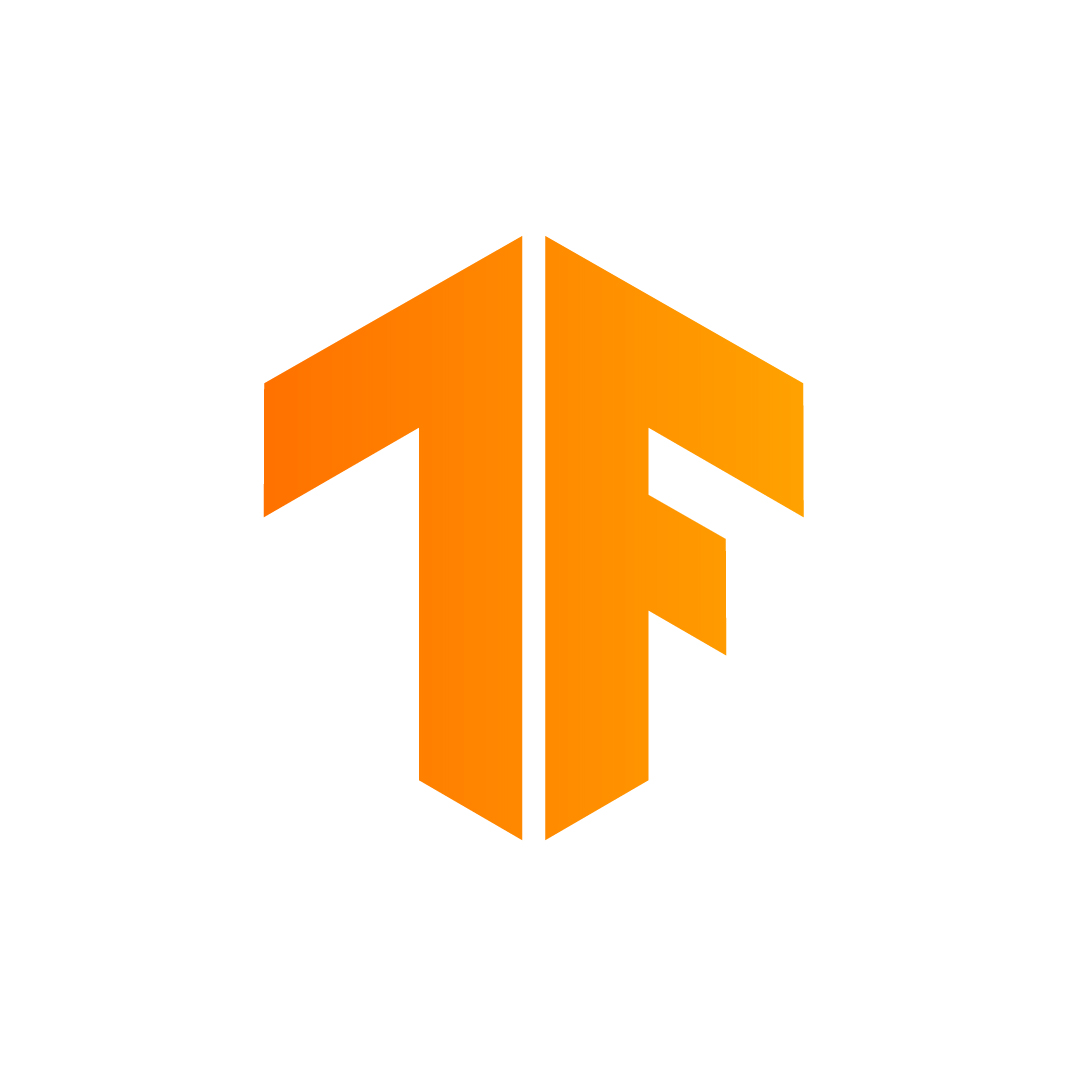This project provides optimized infrastructure for reinforcement learning. It extends the OpenAI gym interface to multiple parallel environments and allows agents to be implemented in TensorFlow and perform batched computation. As a starting point, we provide BatchPPO, an optimized implementation of Proximal Policy Optimization.
Please cite the TensorFlow Agents paper if you use code from this project in your research:
@article{hafner2017agents,
title={TensorFlow Agents: Efficient Batched Reinforcement Learning in TensorFlow},
author={Hafner, Danijar and Davidson, James and Vanhoucke, Vincent},
journal={arXiv preprint arXiv:1709.02878},
year={2017}
}Dependencies: Python 2/3, TensorFlow 1.3+, Gym, rumamel.yaml
Clone the repository and run the PPO algorithm by typing:
python3 -m agents.scripts.train --logdir=/path/to/logdir --config=pendulumThe algorithm to use is defined in the configuration and pendulum started
here uses the included PPO implementation. Check out more pre-defined
configurations in agents/scripts/configs.py.
If you want to resume a previously started run, add the --timestamp=<time>
flag to the last command and provide the timestamp in the directory name of
your run.
To visualize metrics start TensorBoard from another terminal, then point your
browser to http://localhost:2222:
tensorboard --logdir=/path/to/logdir --port=2222To render videos and gather OpenAI Gym statistics to upload to the scoreboard, type:
python3 -m agents.scripts.visualize --logdir=/path/to/logdir/<time>-<config> --outdir=/path/to/outdir/We release this project as a starting point that makes it easy to implement new reinforcement learning ideas. These files are good places to start when modifying the code:
| File | Content |
|---|---|
scripts/configs.py |
Experiment configurations specifying the tasks and algorithms. |
scripts/networks.py |
Neural network models defined as TensorFlow RNNCells. |
scripts/train.py |
The executable file containing the training setup. |
ppo/algorithm.py |
The TensorFlow graph for the PPO algorithm. |
To run all unit tests, type:
python3 -m unittest discover -p "*_test.py"For further questions, please open an issue on Github.
We include a batched interface for OpenAI Gym environments that fully integrates with TensorFlow for efficient algorithm implementations. This is achieved through these core components:
agents.tools.wrappers.ExternalProcessis an environment wrapper that constructs an OpenAI Gym environment inside of an external process. Calls tostep()andreset(), as well as attribute access, are forwarded to the process and wait for the result. This allows to run multiple environments in parallel without being restricted by Python's global interpreter lock.agents.tools.BatchEnvextends the OpenAI Gym interface to batches of environments. It combines multiple OpenAI Gym environments, withstep()accepting a batch of actions and returning a batch of observations, rewards, done flags, and info objects. If the individual environments live in external processes, they will be stepped in parallel.agents.tools.InGraphBatchEnvintegrates a batch environment into the TensorFlow graph and makes itsstep()andreset()functions accessible as operations. The current batch of observations, last actions, rewards, and done flags is stored in variables and made available as tensors.agents.tools.simulate()fuses the step of an in-graph batch environment and a reinforcement learning algorithm together into a single operation to be called inside the training loop. This reduces the number of session calls and provieds a simple way to train future algorithms.
To understand all the code, please make yourself familiar with TensorFlow's
control flow operations, especially tf.cond(),
tf.scan(), and
tf.control_dependencies().
This is not an official Google product.
